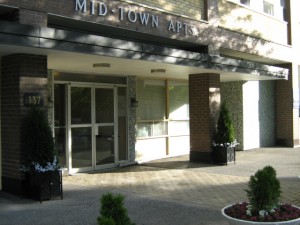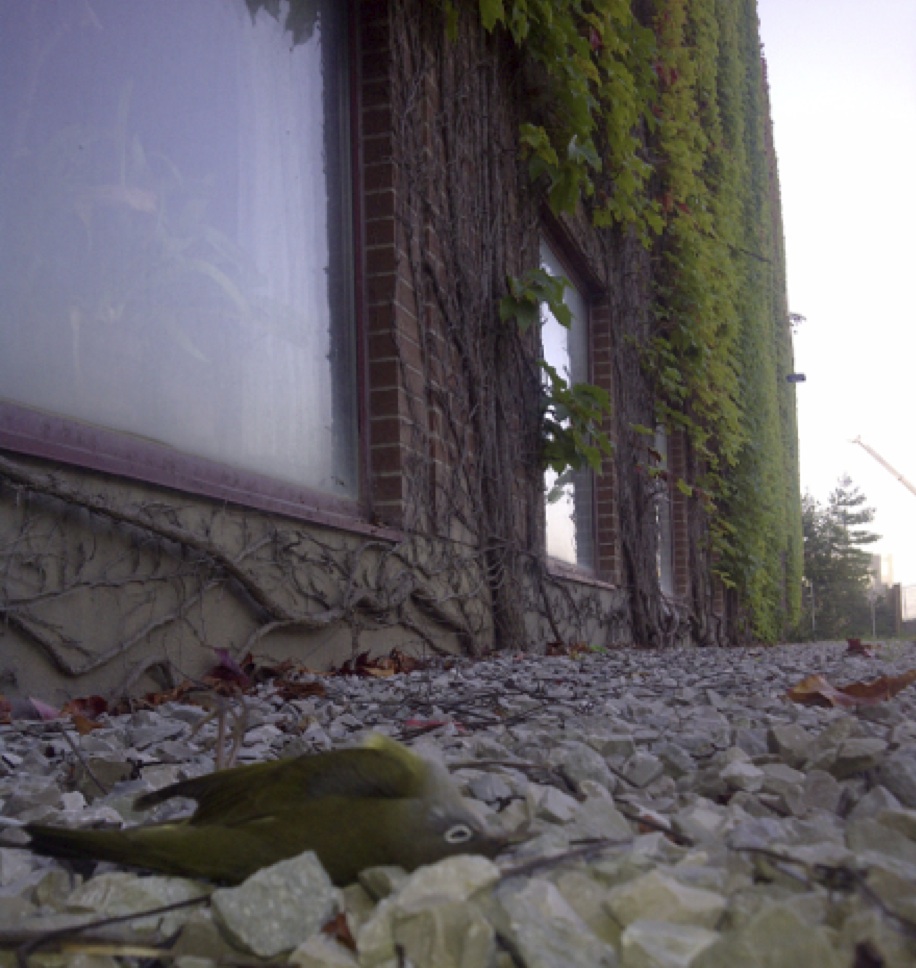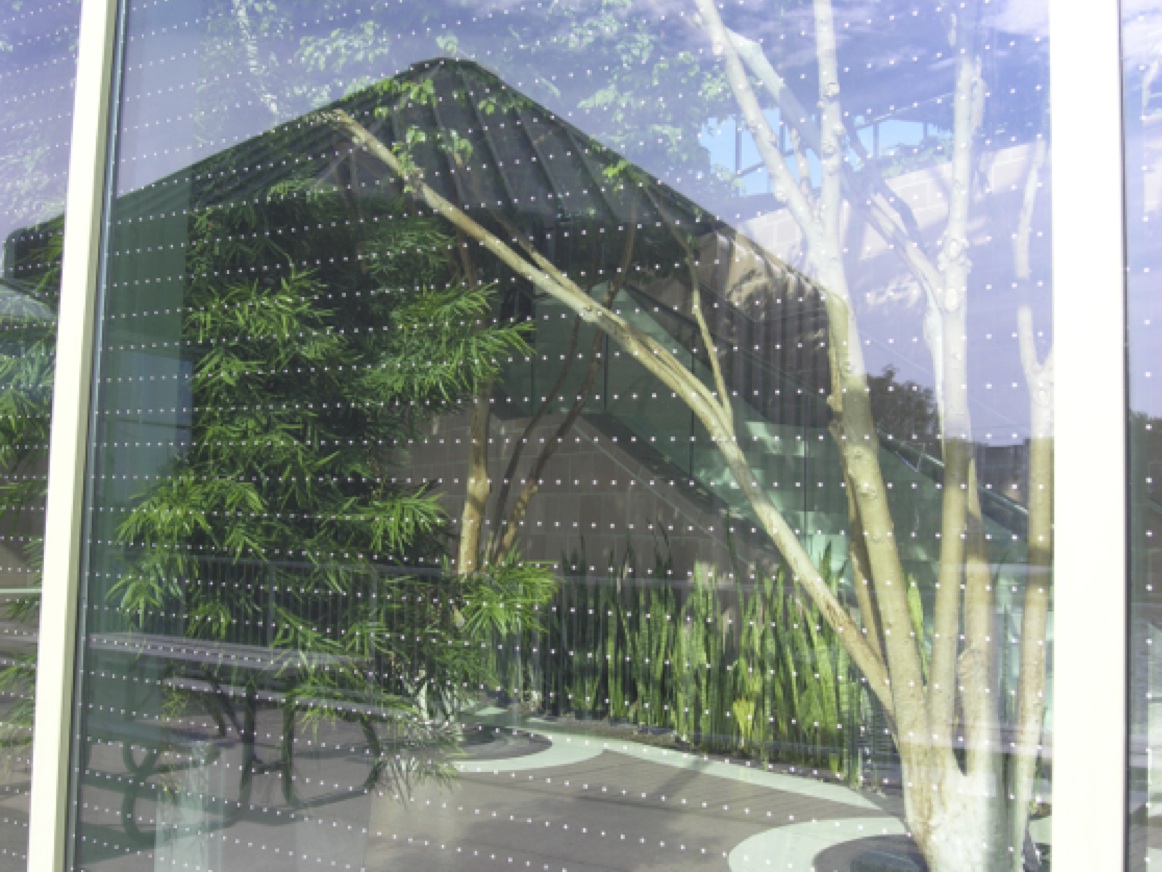Idil Boran
From Lima, Peru
As this update was being composed last night, the negotiations had been proceeding intensely throughout Friday, December 12, 2014. The ADP Co-Chairs and COP Presidency worked through Friday night. They proposed a new draft text at about 2:30 am, and convened the contact group at 3 am. The negotiation meeting reconvened this morning, Saturday December 13, at 10 am.
It may be worth giving some context to understand where the negotiations are at this Saturday morning. In a nutshell, the talks went quite badly since Thursday, to say the least. Late Thursday night, the ADP Co-Chairs decided to work on a new proposed ADP draft text. Mainly, the text had gotten overly bloated by Thursday night. It contained an unworkable number of options for multiple paragraphs, giving rise to a whopping 50-page document. The bloated nature of the draft text was making it prone to interminable disputes between parties, bickering over options, and hairsplitting. To overcome these problems and to facilitate more productive a negotiation process on the official final day of the COP (Friday Dec. 12), the ADP Co-Chairs worked through the late hours of Thursday evening and proposed a streamlined text. Negotiations throughout Friday proved that a second round of revisions might be needed. To facilitate timely completion of the negotiations, and a meaningful outcome, the Co-Chairs and the presidency worked through the night and came up with a new proposed text, to be negotiated on Saturday on extended time.
There are various points over which deep disagreements arise. But one that is worth bringing up here is the contention over the difference between 'fairness' and 'equity' in the language of the draft text.
Those who, like myself, come from the world of professional philosophy, recognize that 'fairness' and 'equity' are, at the end of the day, somewhat coextensive concepts. On an appropriate construal, and with adequate specification, they could be used alternatingly. For example, if a discussion became too stuffy and confusing over claims about equity, we – philosophers – would be willing to start over, reformulating and clarifying the issues by referring to 'fairness', instead, if it makes it clearer. Most of us would feel comfortable with this move because we are cognizant that, regardless of whether one uses 'fairness' or 'equity', the concept as such does not have a fully formed and prepackaged content, as if it were an immutable “thing” that that one would have to either accept or reject wholesale. Rather, the concept would need to be defined and worked out in the first place. Its scope, limits, and content would have to be specified carefully. So, the task is not that of choosing between prepackaged concepts, but rather about doing a decent job of specifying the concept, and then working with it. This is, after all, what we mean – typically – when we talk about developing a “normative framework”.
So, why then is the distinction between fairness and equity so inflammatory at the negotiations over the global climate effort?
It is because representatives of the negotiating block, known as G-77+China, insist on including an "equity" language in the draft text. The negotiating block regards 'equity', implicitly and explicitly, as having a fixed and immutable content. On this view, equity is inherently associated with Common but Differentiated Responsibilities (CBDR). G77+China is highly invested in the idea of securing a system of differentiated responsibilities through the negotiation process. The concept of equity serves as vehicle for this notion, as far as G77+China is concerned, at the negotiations in Lima.
The problem is that the whole point of the newly negotiated agreement leading up to Paris 2015 is to move away from CBDR, and to have a more flexible and inclusive system of international cooperation. This is what the INDCs have been developed for. But G-77+China just doesn't want to let go of the CBDR. G77+China regards CBDR as a necessary component of international cooperation that satisfies the requirements of justice. They regard the use of “fairness” in the language of the draft as watering down of ideals of justice. This is a very unfortunate situation, and could potentially jeopardize the entire process.
Ultimately, there are many ways in which, within an agreement, fair terms of cooperation can be established. Not only different normative frameworks are possible, but they also vary in their appropriateness. And so, the question is to find the most appropriate normative framework for the architecture of a global climate regime that is effective, durable, and just. To insist on CBDR to be negotiated and imposed by a treaty top down, as the only option for a fair climate agreement, is to work with a overly narrow and rigid concept of fairness (or equity for that matter.) In fact, with imagination, ingenuity, and good will, it may be possible to structure the architecture of a new agreement on something other than CBDR, and advance the interests of developing countries to a far greater measure than through a rigid adherence to CBDR.
The real danger is to try to integrate “differentiated responsibilities” into a system of INDCs. Putting these two together creates much confusion. It would make the end result of the newly negotiated agreement incoherent, making four years of hard work done under the Durban Platform for Enhanced Action largely redundant. In other words, imbuing INDCs with “differentiated responsibilities” would defeat the purpose of going through the burden of negotiating a new international agreement. If the U.S. and the EU together show leadership, the problems may be resolved, but it's easier said than done.
Let’s hope a deadlock can be averted this weekend.
Stay tuned for further updates.






